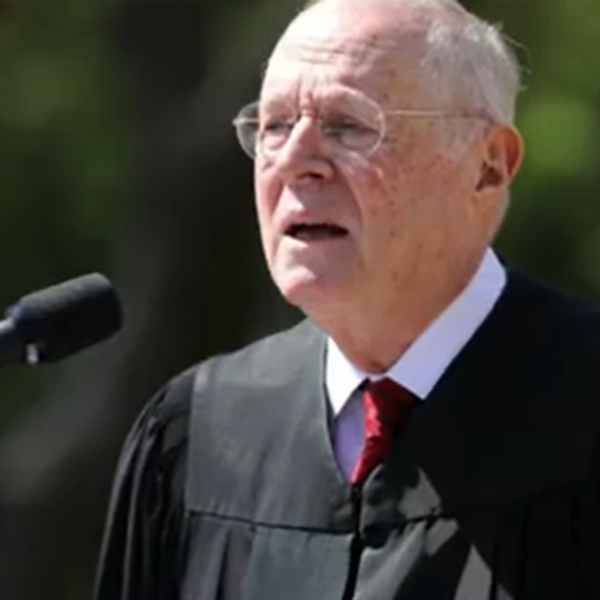Shelter From The Storm: Homelessness At Its Worst Since The Depression

The scale of the homeless population is so massive, it’s difficult to visualize. But Ian Frazier, writing in The New Yorker, comes close when he illustrates it: “Yankee Stadium seats 50,287. If all the homeless people who live in New York City used the stadium for a gathering, several thousand of them would have to stand.”
From coast to coast, homelessness in America is rising.
According to the Los Angeles Homeless Services Authority’s biennial report, which was published Monday, the homeless population in Los Angeles County increased 12 percent over the last two years. Encampments—such as tents, makeshift residences, and people living in vehicles—increased 85 percent to 9,535, the report notes.
The Los Angeles Times blames the rising homeless population — 44,369 since January — in part on gentrification. With rents increasing and new luxury residences replacing the cheap hotels, motels, and single-room apartments that offered sanctuary to the poor, housing for the transient is growing scarce.
The increase in homelessness is exacerbated by the changes wrought by gentrification, but is rooted in a lack of funding for shelters and other services, once handled by the city, which have now largely fallen on the shoulders of religious not-for-profit groups. High unemployment rates and a void of legal protections has hindered progress further.
Los Angeles mayor Eric Garcetti has pledged to eliminate homelessness among veterans in the area, offering to house all homeless vets by the end of the year. Though Garcetti said that this project was more than halfway done, the number of homeless veterans remains at about 4,400, only 6 percent lower than it was two years ago.
This news comes after the Obama administration offered $30 million in grants and services to Los Angeles County, which has the largest homeless-veteran population in the nation.
New York City maintains a legal right to shelter for its homeless, but it has more than its share of issues when handling its homeless population. Homelessness in New York is the highest it has been since the Great Depression—60,167 people are homeless, meaning about 1 in every 152 New Yorkers lives on the street.
Homelessness “is both the problem and the symptom,” says the Bowery Mission, an organization that has provided services to help New York City’s homeless for over 130 years. According to its mission statement, homelessness is both the result and cause of “chronic substance abuse, financial instability caused by unemployment or underemployment, mental illness, domestic violence, sexual victimization, and more.”
However, as in L.A., it’s not all terrible news. The homeless population has dropped 5 percent since Mayor Bill de Blasio took office. The record decrease — 92 percent in the borough of Queens, for instance — does not diminish the fact that the majority of the homeless are situated in the city’s center. “Nearly 60 percent of New York City’s unsheltered homeless population is in [midtown] Manhattan,” according to prominent advocacy group Coalition for the Homeless.
City officials announced that they will commit $100 million in annual spending to measures aimed at ameliorating the homeless crisis. The money will be directed toward more affordable housing, legal assistance, and job training, according to a recent New York Times article.
But one problem stands out from the reports on the Los Angeles and New York City homeless populations: The statistics are underreported, reflecting how difficult it is to accurately record the total number of people living without permanent shelter.
Furthermore, many of the unsheltered homeless reject help. “Normally they will not accept service unless it’s on their own terms,” reports the Times.
Recovery for the homeless is a multitudinous process. The Bowery Mission’s stance is that any effective solution will need to take into account the individual’s spiritual, physical, and emotional needs, and that the homeless should not be pushed to the fringes of our cities.
Photo: J J via Flickr








